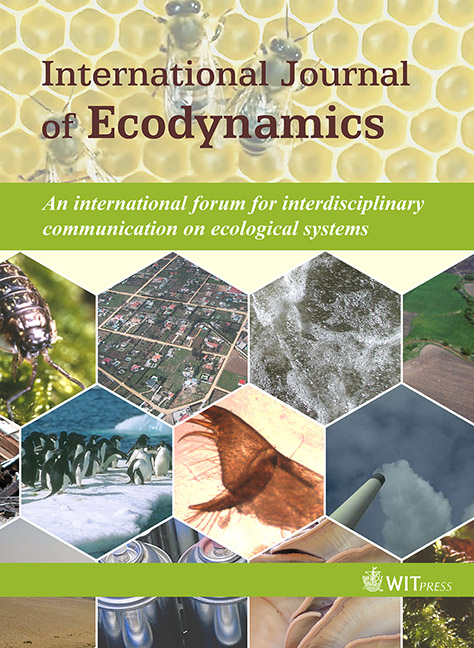An overview on ecological footprint and sustainable development: a chat with Mathis Wackernagel
Price
Free (open access)
Volume
Volume 2 (2007), Issue 1
Pages
8
Page Range
1 - 9
Paper DOI
10.2495/ECO-V2-N1-1-9
Copyright
WIT Press
Author(s)
M. Wackernagel, A. Galli
Abstract
Building on human carrying capacity debate [1–5] in the early 1990s, Mathis Wackernagel and William Rees introduced a new environmental accounting method, the Ecological Footprint [6, 7], to measure human demand on the biosphere. After the 1992 Earth Summit in Rio [8] the need to reduce human impact on the Earth became undeniable and widely recognized. What Wackernagel and Rees proposed was a method capable of making global ecological limits accessible by comparing human demand on the biosphere to its regenerative capacity. The method does this by expressing both resource demand and supply in terms of area necessary to support these flows [9]. The use of an area as a measure of life-supporting natural capital was chosen to underline that many basic ecosystem services and ecological resources are driven by areas where photosynthesis takes place [10], showing in this way how humanity is constrained by nature’s negentropic capacity to transform low quality solar energy into high quality chemical energy and living matter. In the following interview with Mathis Wackernagel, we explore how Ecological Footprint puts in practice the principles of sustainability identified by Herman Daly [11], namely that: ‘For the management of renewable resources there are two obvious principles of sustainable development. First that harvest rates should equal regeneration rates (sustained yields). Second that waste emission rates should equal the natural assimilative capacities of the ecosystems into which the wastes are emitted. Regenerative and assimilative capacities must be treated as natural capital, and failure to maintain these capacities must be treated as capital consumption, and therefore not sustainable.’
Keywords




